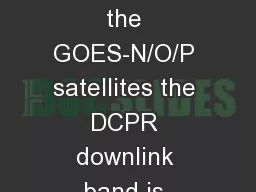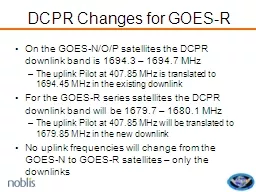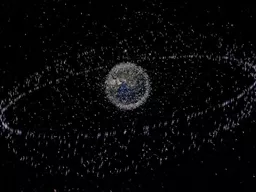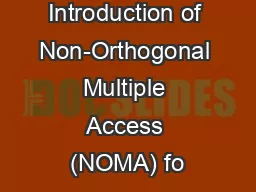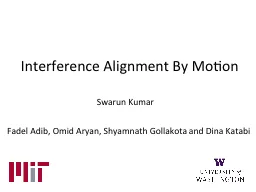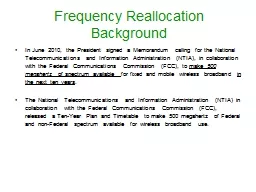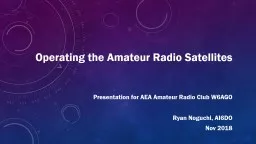PPT-DCPR Changes for GOES-R On the GOES-N/O/P satellites the DCPR downlink band is 1694.3
Author : alida-meadow | Published Date : 2018-10-28
The uplink Pilot at 40785 MHz is translated to 169445 MHz in the existing downlink For the GOESR series satellites the DCPR downlink band will be 16797 16801 MHz
Presentation Embed Code
Download Presentation
Download Presentation The PPT/PDF document "DCPR Changes for GOES-R On the GOES-N/O/..." is the property of its rightful owner. Permission is granted to download and print the materials on this website for personal, non-commercial use only, and to display it on your personal computer provided you do not modify the materials and that you retain all copyright notices contained in the materials. By downloading content from our website, you accept the terms of this agreement.
DCPR Changes for GOES-R On the GOES-N/O/P satellites the DCPR downlink band is 1694.3: Transcript
Download Rules Of Document
"DCPR Changes for GOES-R On the GOES-N/O/P satellites the DCPR downlink band is 1694.3"The content belongs to its owner. You may download and print it for personal use, without modification, and keep all copyright notices. By downloading, you agree to these terms.
Related Documents

